Highlighting the Differences Between Air and Hydro Vacuum Excavation
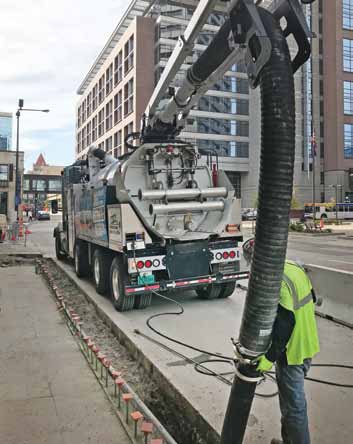
Vacuum excavation is a combination of two non-mechanical sources to excavate soil and can range from small trailer-mounted systems to large truck-mounted equipment. The first source is pressurized water or air, which is used to loosen soil. Once the soil is loosened, a powerful vacuum system uses air flow and vacuum to pick up and recover the material. The material is then stored in a debris body or hopper to be transported offsite or reused.
Hydro excavation trucks consist of a powerful vacuum system and an onboard water pump and water tank so anything that can be sprayed, washed down, or vacuumed can be completed with this equipment. To excavate with air instead of water, the water system is either not used or replaced with an air compressor. The air compressor, just as with the water pump, can have a variety of uses such as powering pneumatic tools.
Before deciding between air excavation and hydro excavation, it’s helpful to know the size of a typical application so that the correct sized debris body is selected to complete the work as efficiently as possible. Knowing the soil conditions is essential for selecting the right equipment. Other factors include travel distance to a disposal site, state and local weight restrictions, excavation distance from the unit, jobsite requirements and availability of water.
Many utility contractors and utilities are mandating that all utilities be exposed to allow visual verification of the directional drill head passing clearly by the utility. This method significantly increases jobsite safety and prevents cross bore damages.
According to the 2016 DIRT Report on underground damages from the Common Ground Alliance (CGA), there were 317,868 known reported events of underground facility damage in North America. That’s one damage incident every two minutes. And these are only known incidents. The actual number of incidents is likely much higher. The CGA DIRT Report also tracks excavation method employed during these damages:
MECHANICAL EXCAVATION
According to the 2016 DIRT Report, 40% of underground damage was caused by backhoes and trenchers, which are used more frequently for excavation.
HAND TOOLS
The report also indicates that 26% of underground damage was caused by hand tools, making hand tools the second leading cause of known underground damage. This is troubling when you consider that the hand tools that caused this damage are permitted to be used within the established tolerance zone.
Many states and provinces have established excavation best practices stating a tolerance zone around a utility. The tolerance zone is a defined distance on each side of the underground utility where only hand tools or vacuum excavation can be employed. The size or width of the tolerance zone can vary by province and state. However, when talking about hand tools, the belief is that the excavation work is being performed slowly and gently like an archeologist on a dig site. But digging by hand with a shovel can be very damaging to buried utilities.
VACUUM EXCAVATION
Conversely, according to the CGA DIRT Report, vacuum excavation accounted for less than 0.2% of underground damage. Employing vacuum excavation instead of using hand tools could reduce more than 127,000 known incidents of underground damage each year.
While vacuum excavation accounted for 252 reported incidents of underground damage in 2016, many of these incidents could have been prevented. It’s likely these incidents were due to improper use of the vacuum excavation equipment.
DIFFERENCES BETWEEN AIR AND WATER EXCAVATION
Air vacuum excavation is desired in applications where the soil is loose, water is not readily available, in small-scale excavation projects or where immediate backfill of the hole is required. When working around buried electrical lines or brittle utilities, air vacuum excavation is often preferred due to the lower operating pressures.
Hydro (water) excavation units work well in frozen ground or when working with harder materials. Onboard water heaters may be used to warm the water and aid it in cutting through the soil. Water also works as a lubricant and helps to prolong the life of the excavation equipment by reducing wear on the vacuum hose and other components in the air stream. Hydro excavation does not produce the sandblasting effect that air vacuum excavation does.
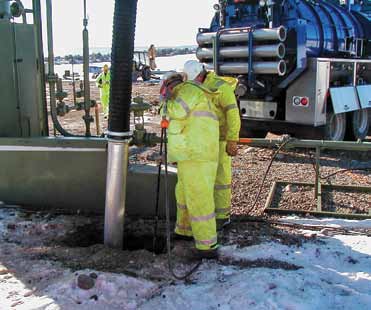
Hydro excavation units work well in frozen ground or with harder materials. Onboard water heaters warm the water to aid in cutting through the soil.
The speed of hydro excavation is too significant to overlook for general potholing, which is why utility contractors often look for a machine with both capabilities.
HYDRO EXCAVATION APPLICATIONS
A wide array of applications exist for utilities, construction companies and municipalities, including installing light poles, repairing water main breaks, long trenches for burying cable, fiber optic repair, cathodic protection for gas and water lines, pressure testing, hauling fresh water to a job site, towing a trailer, and even window well installation. Hydro excavation equipment can often be used for tank, pit, or general cleaning. With the onboard high-pressure water pump, hydro-excavators can perform many alternate applications that cannot be completed with pneumatic excavators.
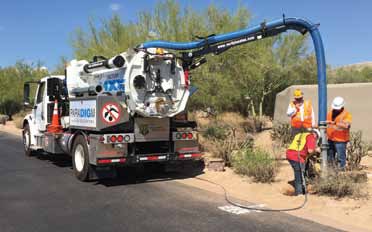
Having both hydro and air excavation capabilities increases versatility and allows the contractor to perform any vacuum excavation required.
The main advantages of air excavation are that air is limitless and spoils can often be offloaded on site. The onboard compressors generate the required pressure on demand so there is no need to refill water. Using spoils for backfills reduces the need to travel and pay for a dump site. When vacuuming around live electrical wires, air excavation can be a preferred choice over hydro excavation since air is nonconductive.
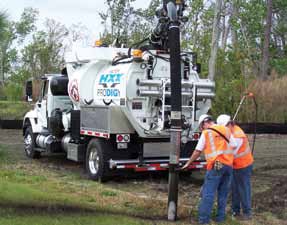
It’s helpful to know soil conditions and size of a typical application so the correct debris body is selected to complete the work as efficiently as possible.
OPTIONS INCREASE PRODUCTIVITY AND VERSATILITY
Contractors should choose a vacuum excavator that offers plenty of options to meet their specific needs so they can achieve maximum productivity on the job. There are also several option choices available, including an air compressor for excavation or air tool use, water heaters to help cut through frozen ground and clay, a hydraulic tool package, a second operator’s station, offload and cold weather options, and additional tool boxes.
Vactor Manufacturing offers sewer and catch basin cleaners, industrial vacuum loaders and vacuum excavators featuring innovative technology and custom configurable designs. Learn more at Vactor.com.

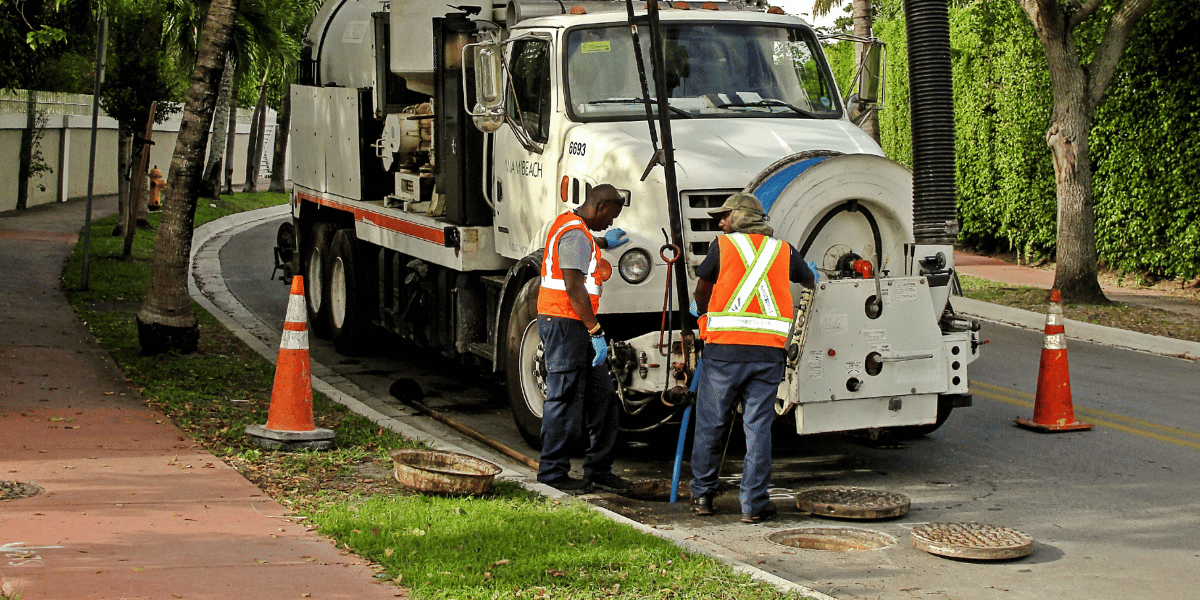
![ESM Sidebar Ad[87] ESM Sidebar Ad[87]](https://excavationsafetyalliance.com/hubfs/ESM%20Sidebar%20Ad%5B87%5D.gif)



Comments